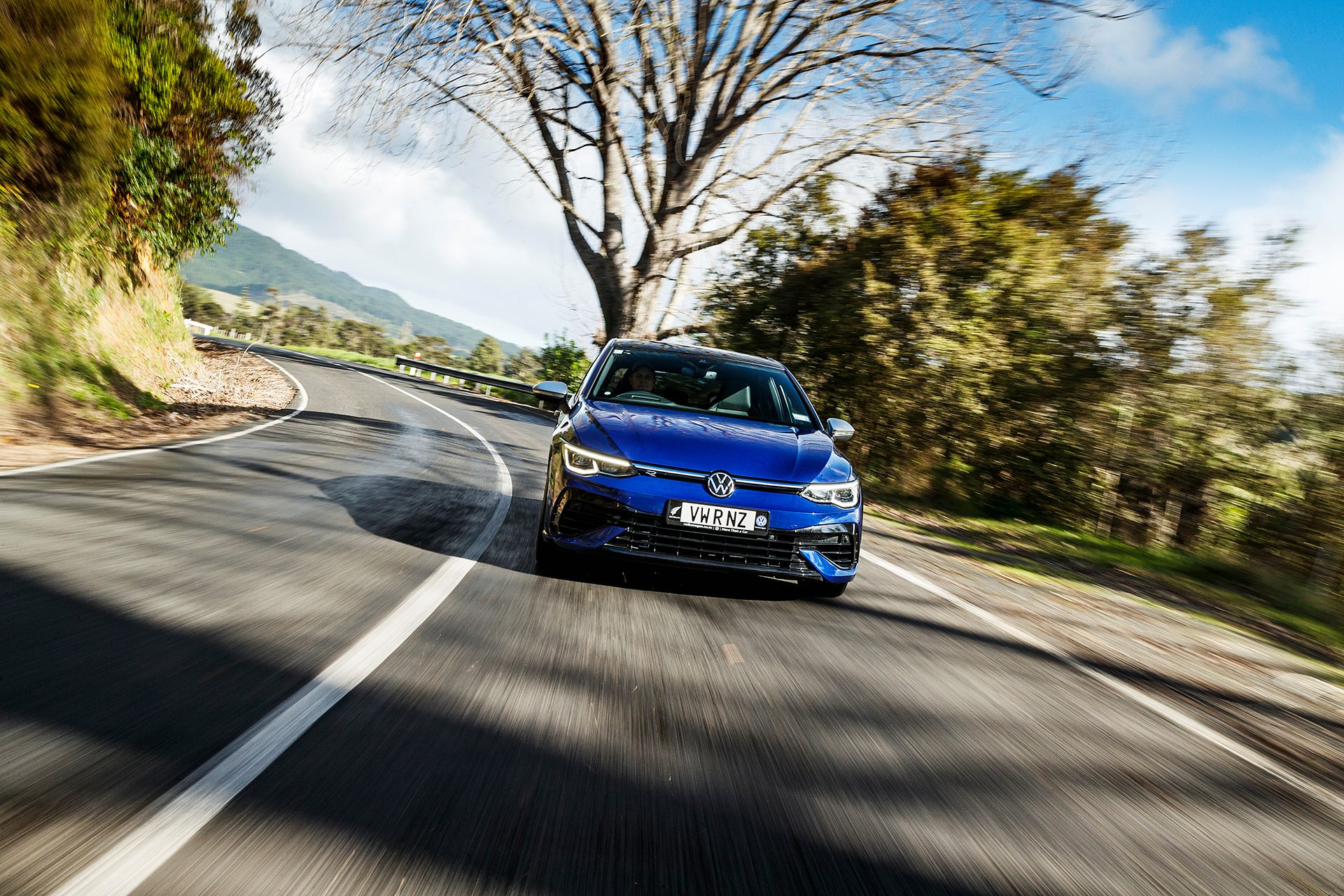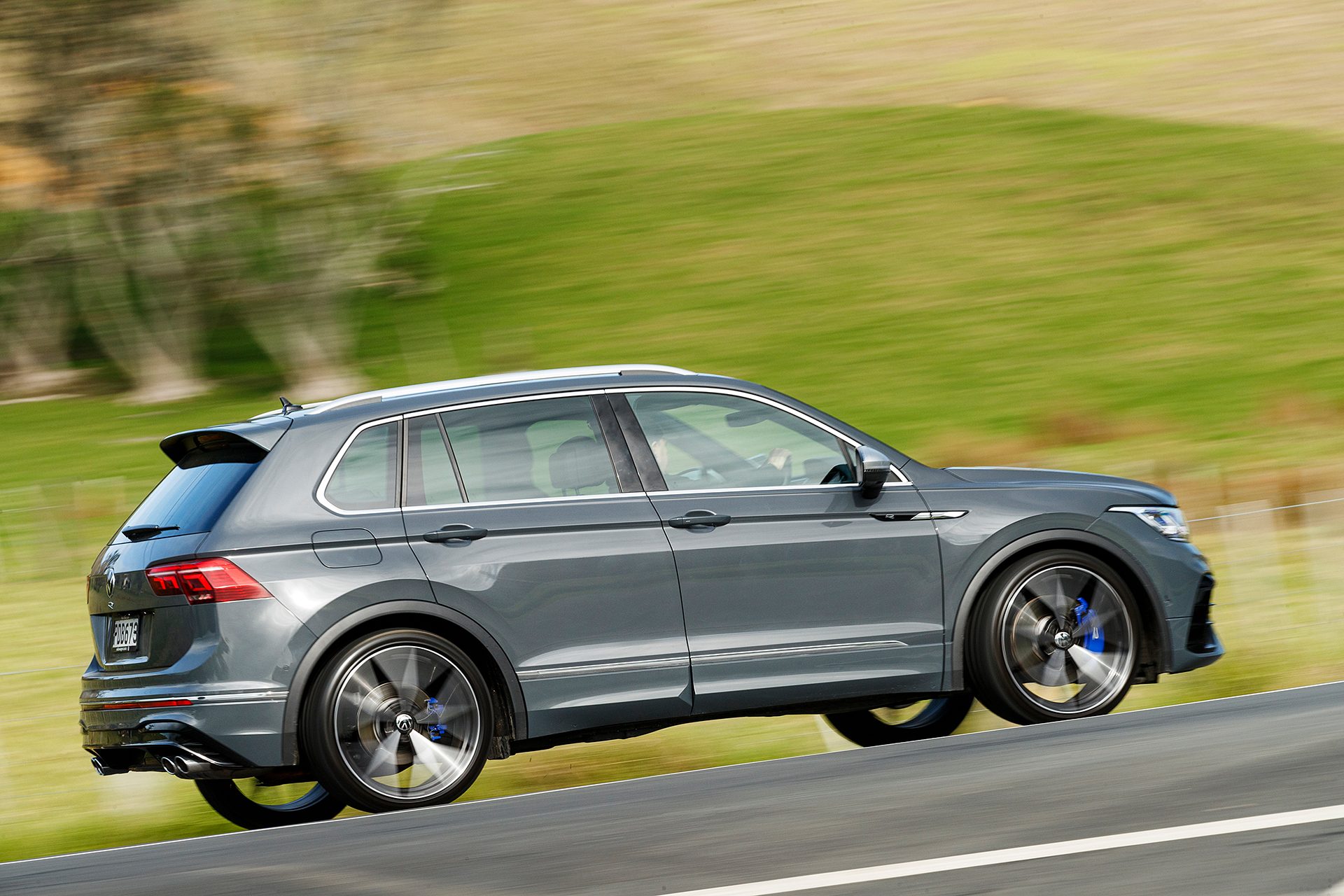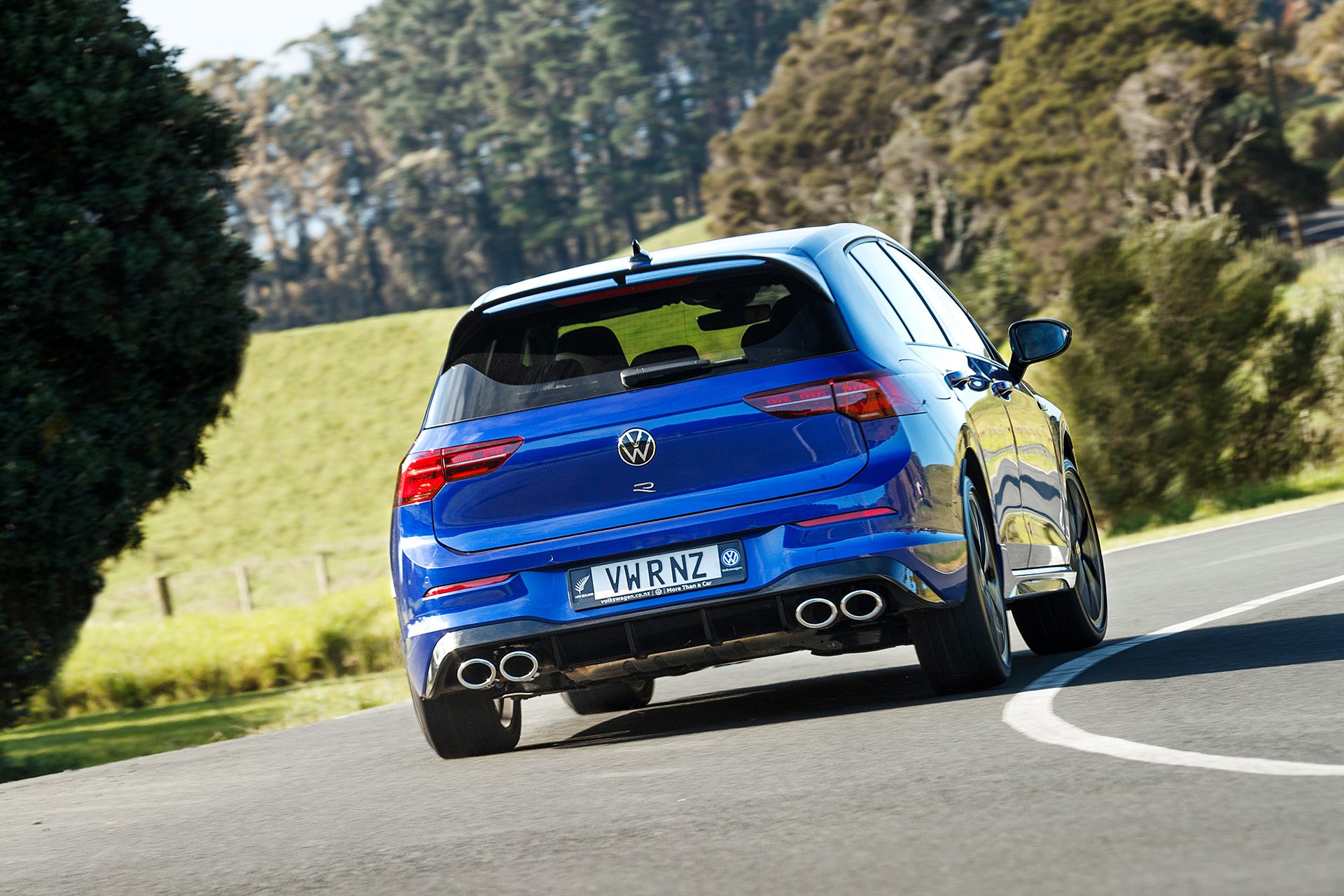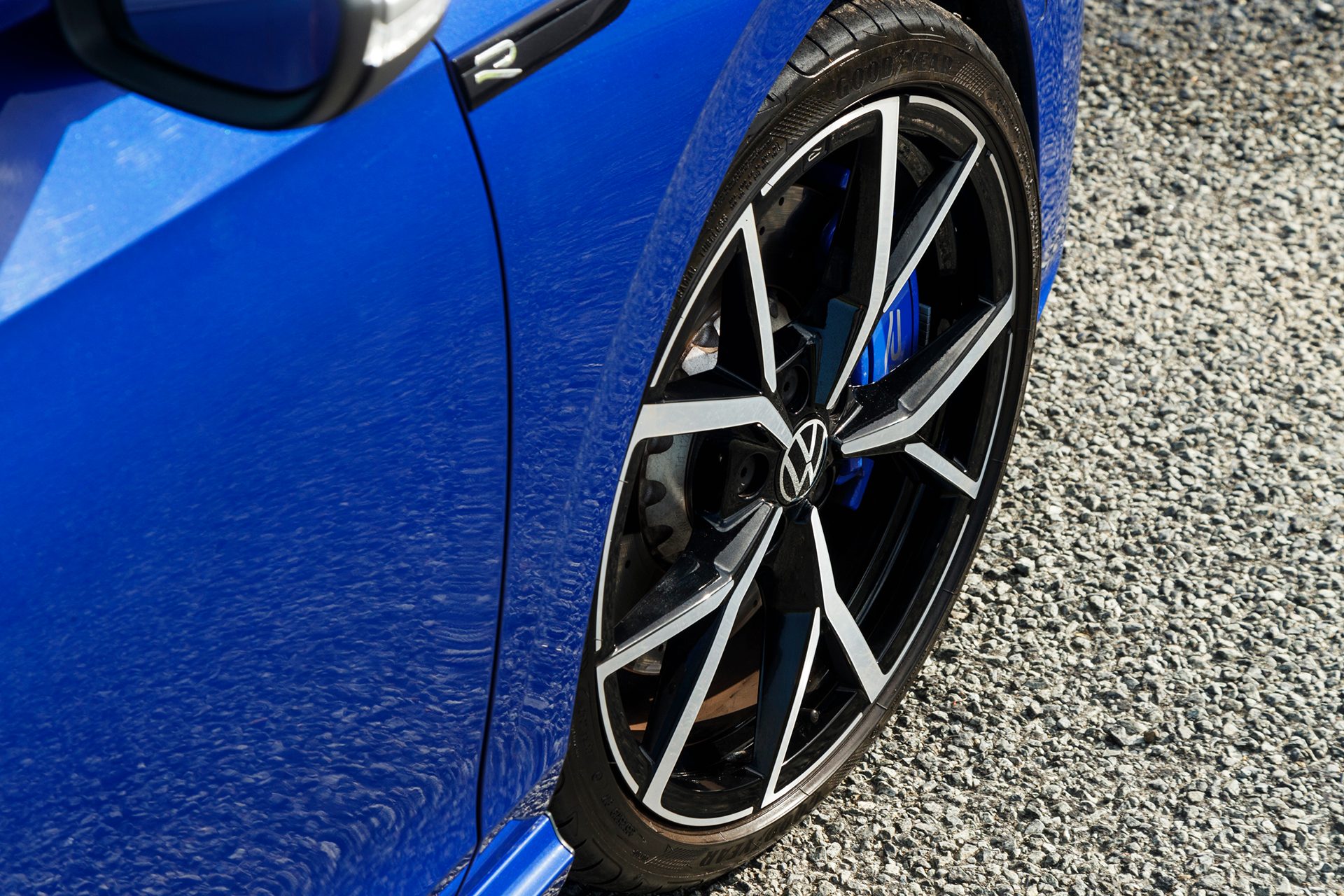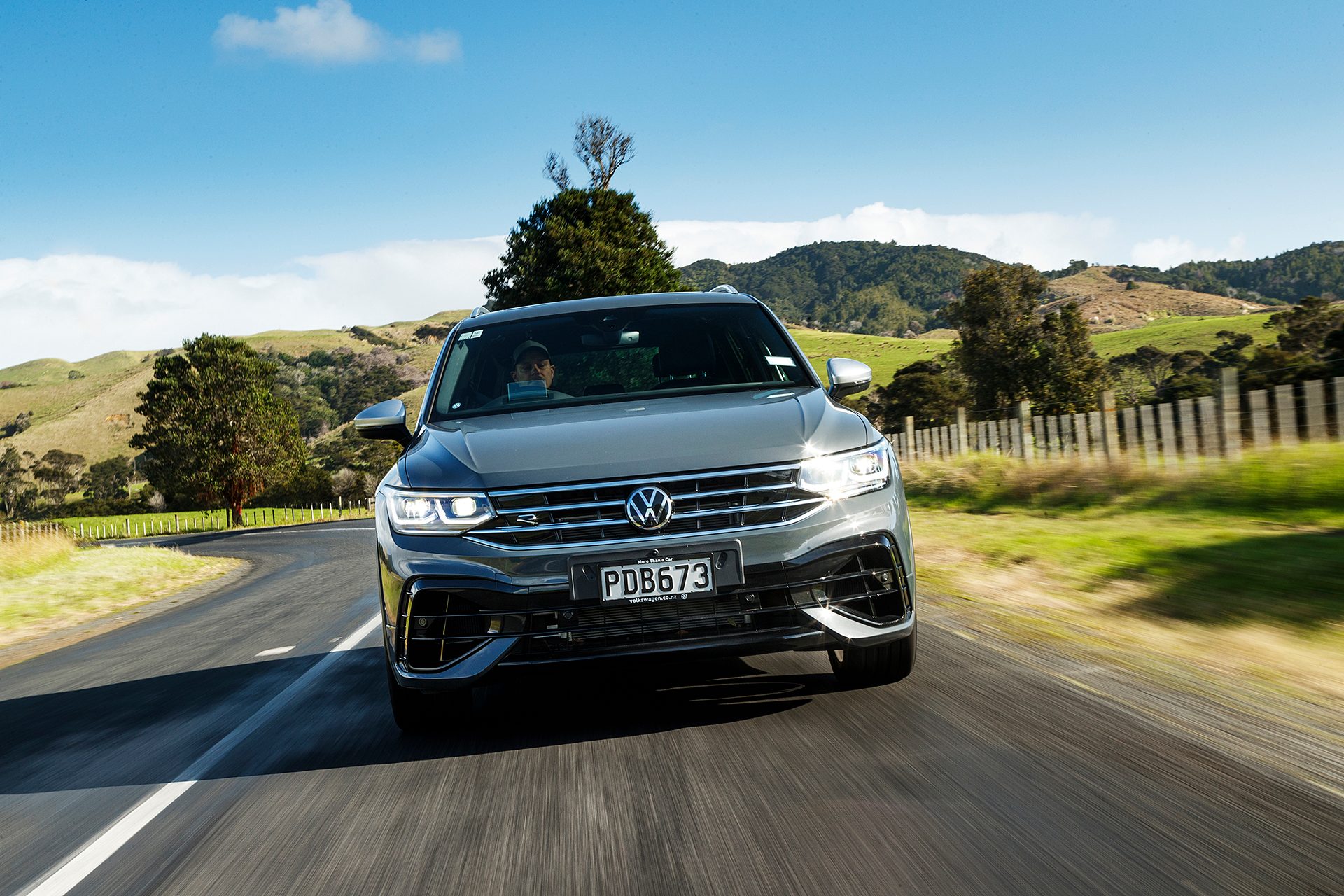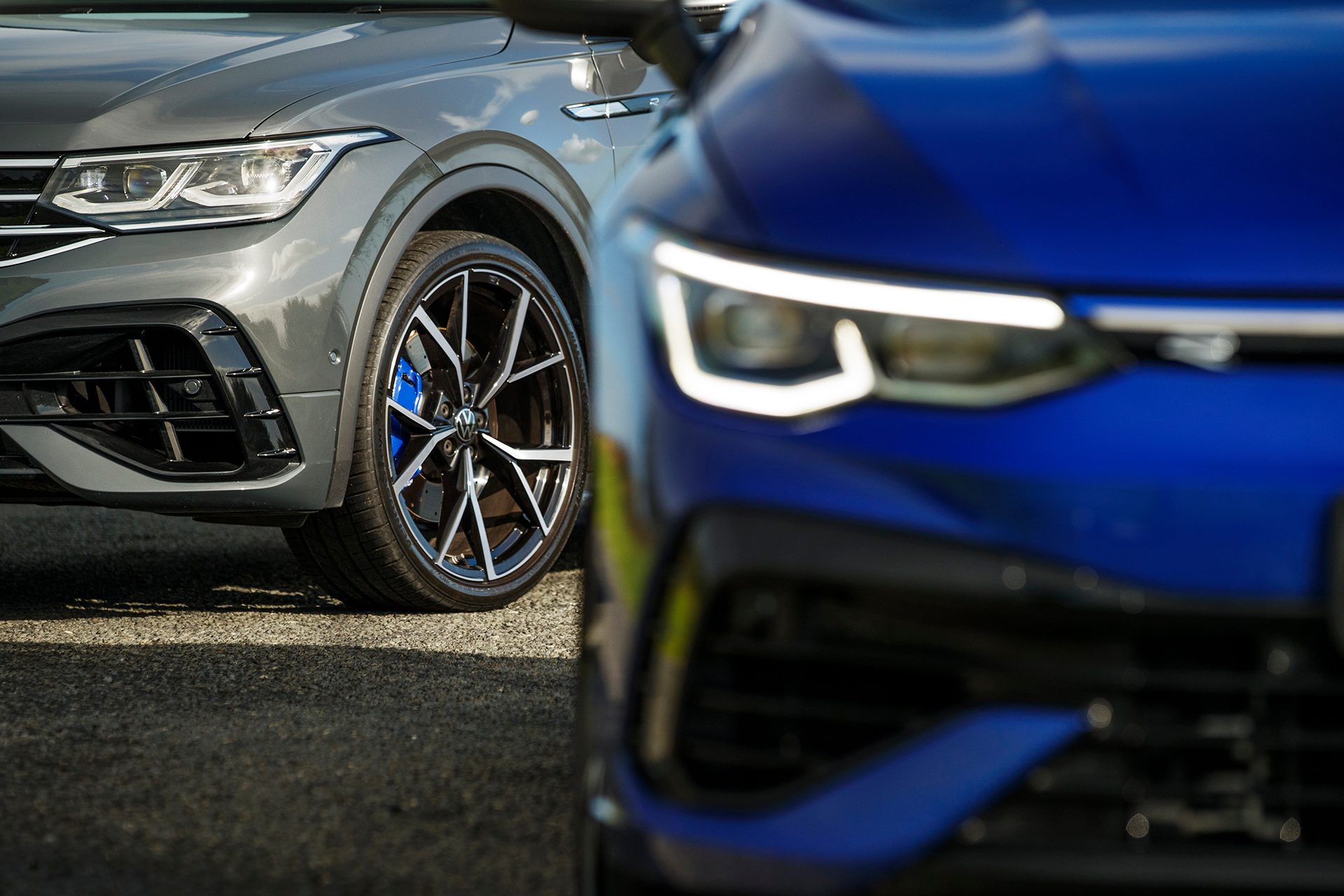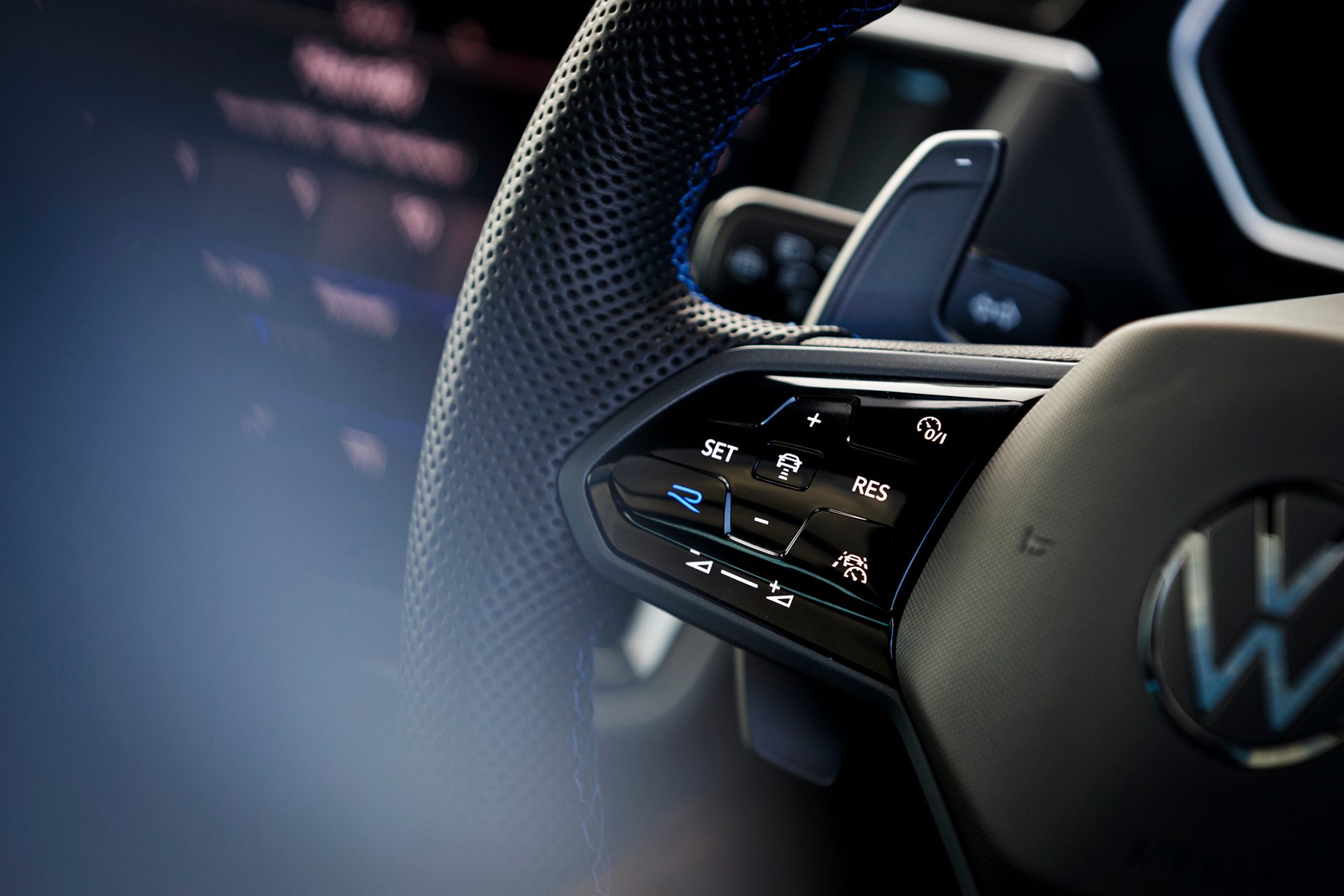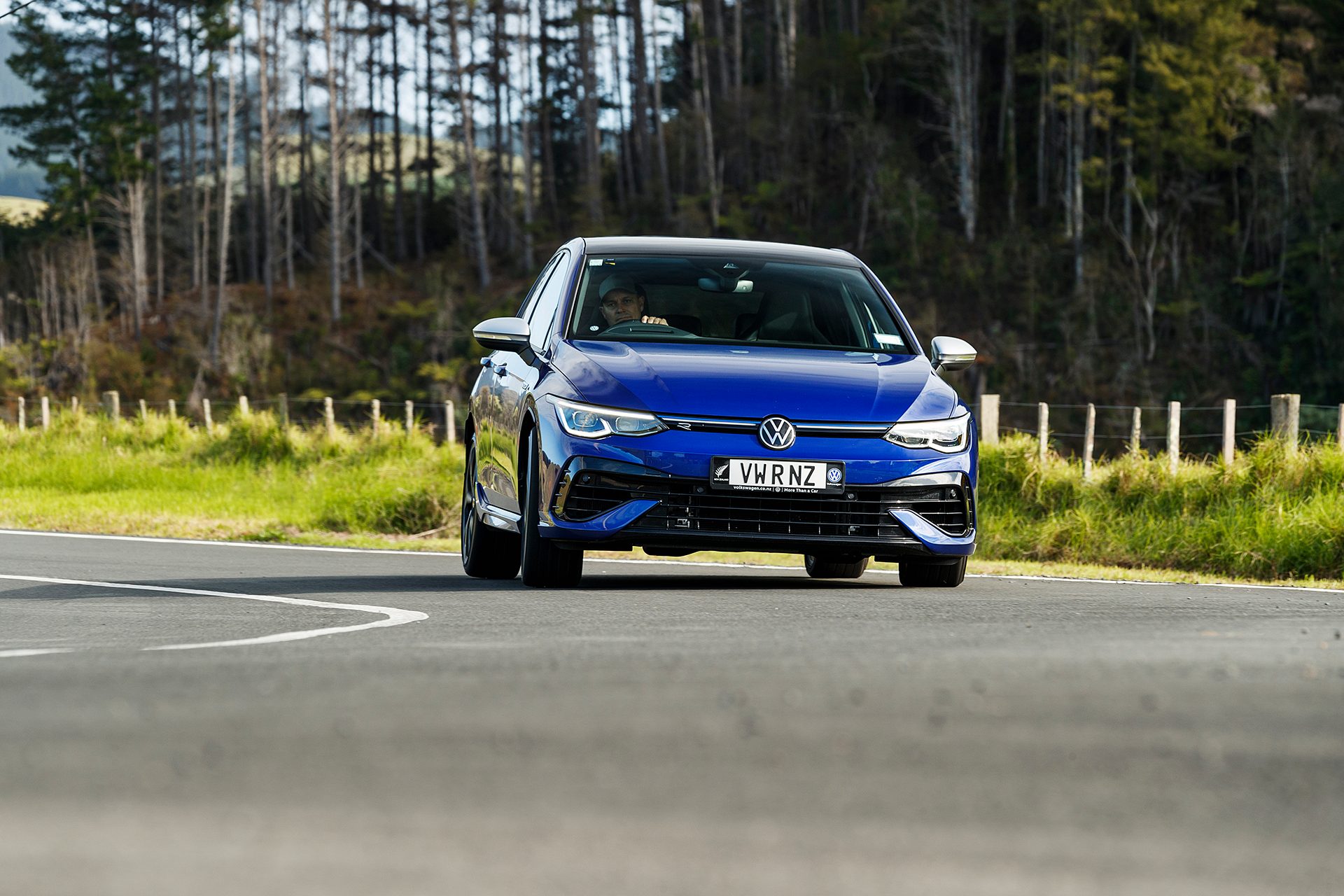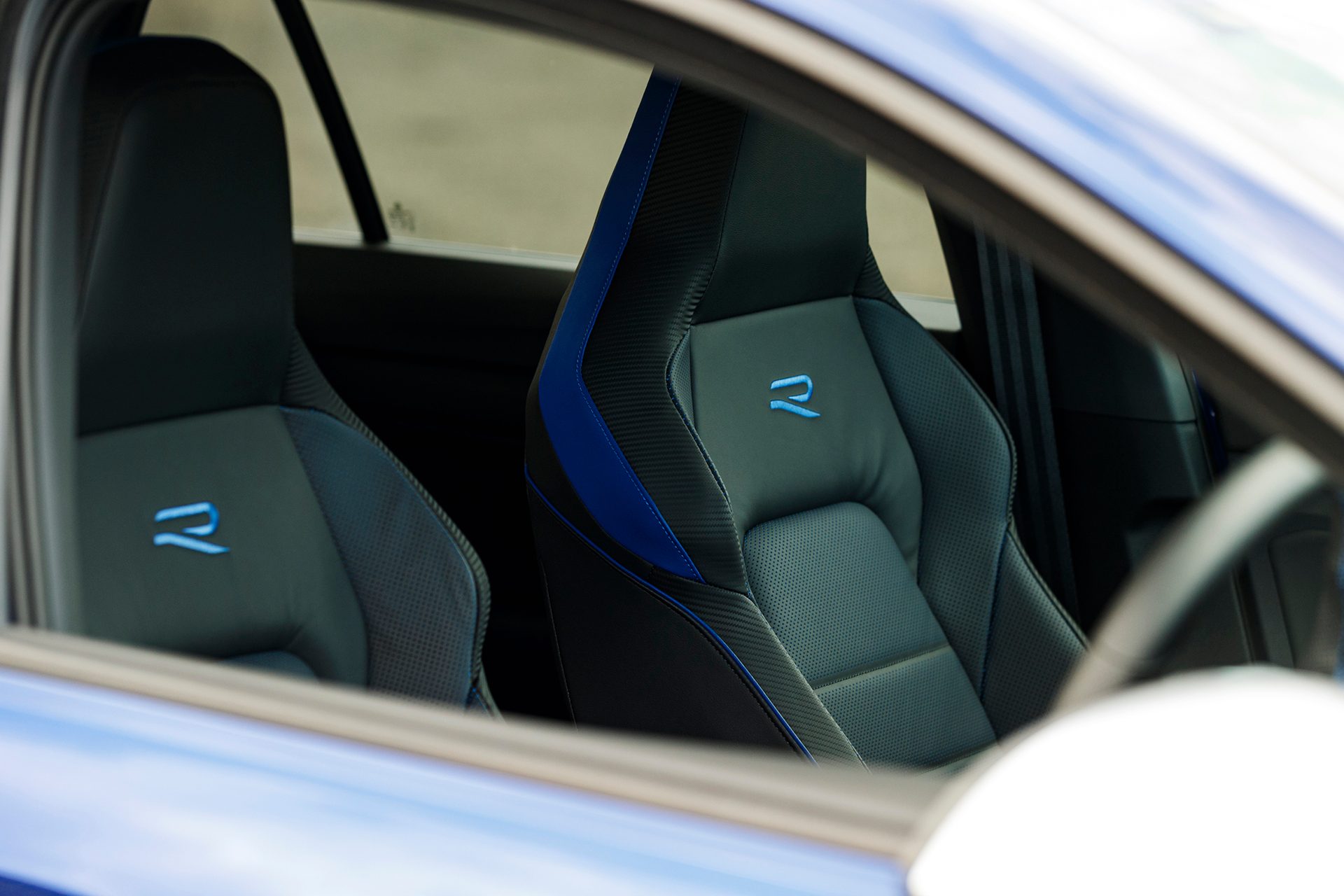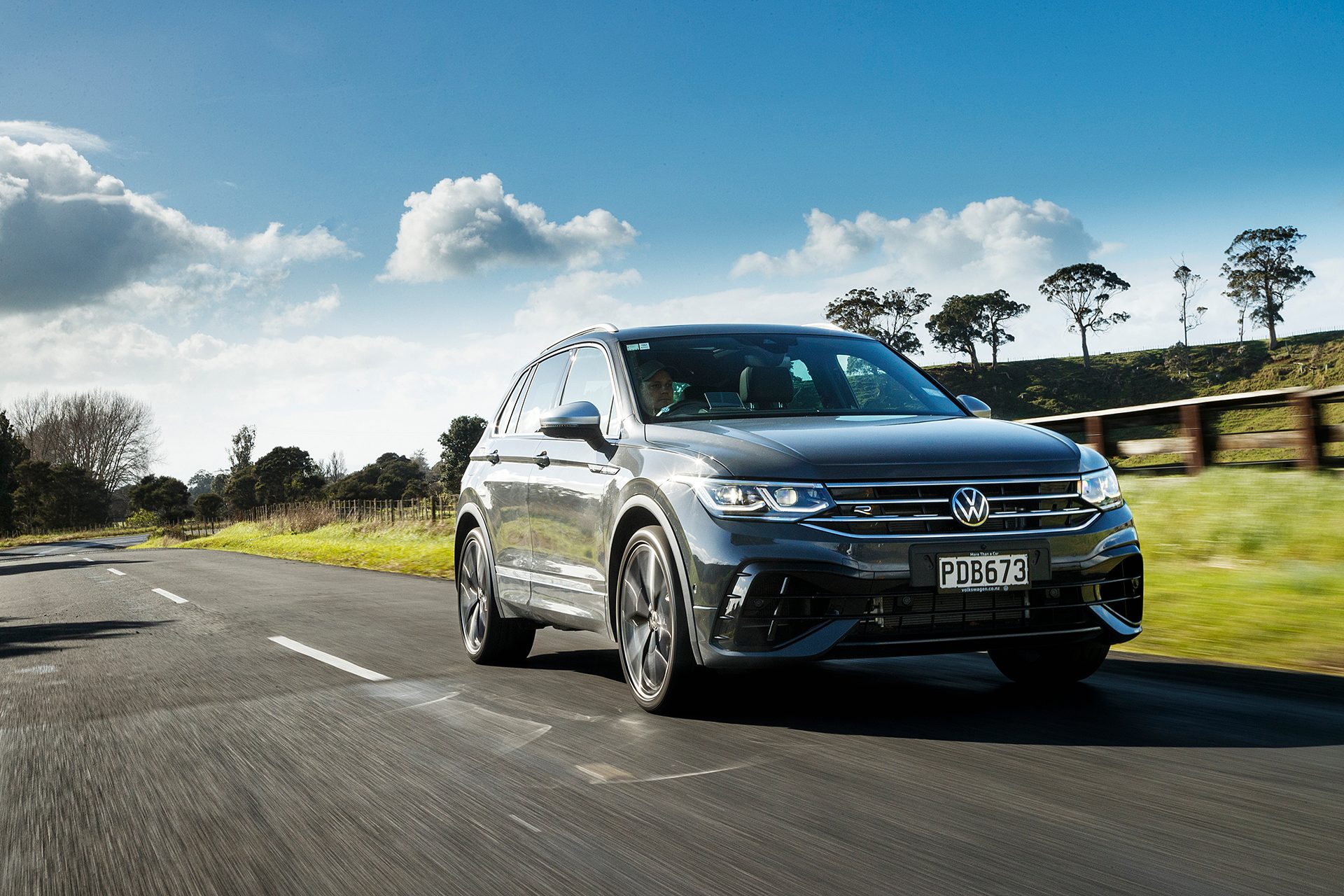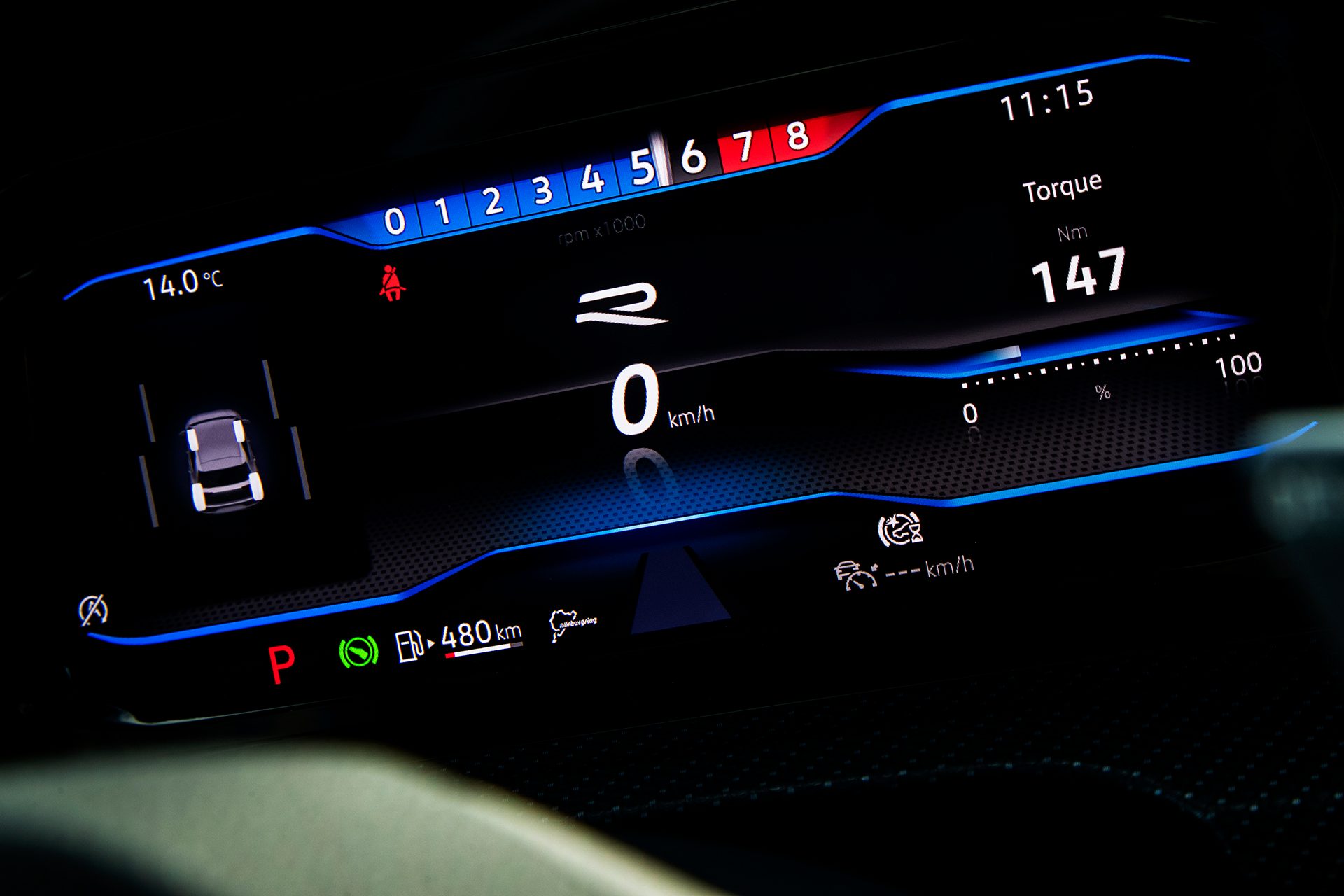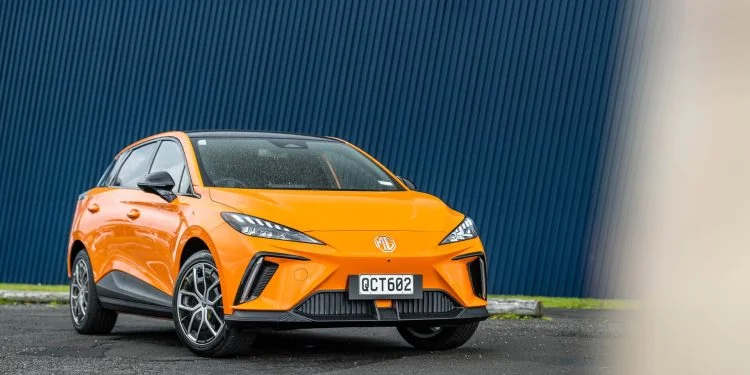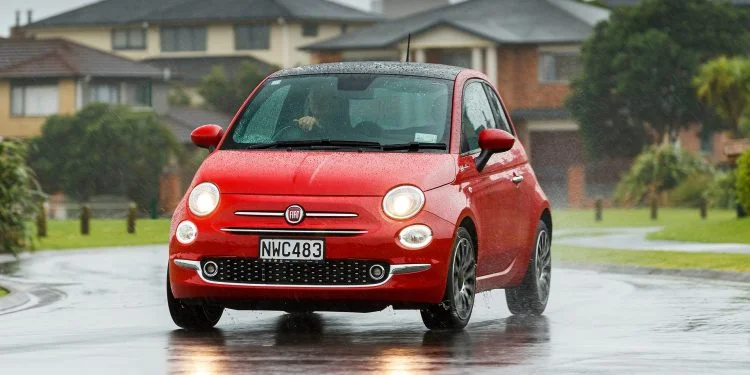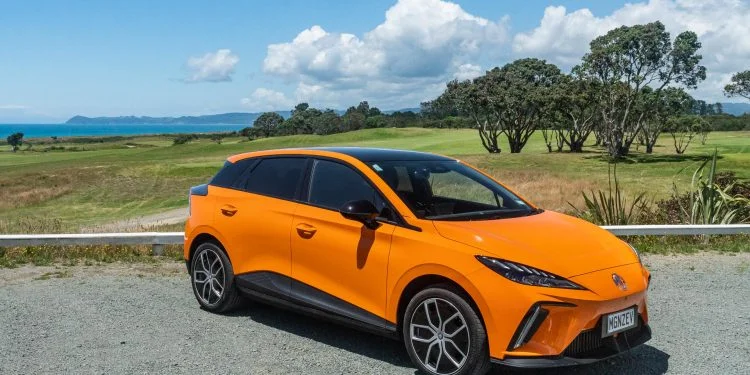2022 Volkswagen Golf R & Tiguan R review
Volkswagen is spreading the R love further, so now not only do we have a new go-fast Golf but also a pumped-up Tiguan.

Volkswagen is spreading the R love further, so now not only do we have a new go-fast Golf but also a pumped-up Tiguan. Which one wears the R badge better?
It’s the humble Golf that has been the primary focus of Volkswagen’s R brand for the past 20 years but things are changing up in this space. There has been a smattering of Rs over the decades; a pacey Passat, an angry Touareg and a Scirocco, one we completely forgot about to be fair. But there’s profit to be made in stamping the R badge on other models, like the Tiguan, now VW’s biggest seller worldwide and we’ll soon see a hi-po T-Roc and the first plug-in R, being a Touareg.
That is once you decipher the code to the infotainment and minor control concept; it’s really not that initiative but you’ll learn. Like where is the windscreen defrost button? Not anywhere near the other climate controls but rather over by the light switches. Of course. It’s all well put together however, and there are more R specific interior bits than in the Tiguan. The just-right sports seats (look good with equally pleasing support) have plentiful adjustment and get both heating and ventilation. The 1st Edition adds fluff like a banging stereo (a woofer under the boot floor taking up luggage space) and a big sunroof, while the Tiguan also adds larger 21-inch wheels. Just watch those when parking as they look rather vulnerable.
The Tiguan R offers quick and secure handling, looks the part and adds the SUV practicalities to the R badge. Pity about the ride quality though and it falls short of delivering a drive to rival the Golf’s. In the Golf R you have a compelling hot hatch that is easy to life with. With its drive modes and that trick rear diff, it can change its personality to suit your driving desires. It’s pricey compared with the likes of the Focus ST but a bargain when measured against the Audi S3, AMG A 35 and BMW 135i. It’s still the R to covet most.
| Model | VW Golf R 1st Edition |
| Price | $82,990 |
| Clean Car Discount | Fee + $517 |
| Engine | 1984cc, IL4, T, DI |
| Power/Torque | 235kW/400Nm |
| Drivetrain | 7-speed twin clutch, AWD |
| Fuel Use | 8.6L/100km |
| C02 Output | 195g/km |
| 0-100km/h | 4.65sec |
| 80-120km/h | 2.94sec (86m) |
| 100-0km/h | 35.40m |
| Stability systems | ABS, ESP, TV |
| Safety | AEB, ACC, BSM, LDW, RCTA, ALK, AHB |
| Luggage Capacity | 375-1233L |
| Tow rating | Not rated to tow |
| Service intervals | 12 months/15,000km |
| Scheduled servicing | 3 years/45,000km |
| Warranty | 5 years/150,000km |
| ANCAP rating | 5 stars (2019) |
| Weight | 1520kg (claimed) |
| Model | VW TiguanR 1st Edition |
| Price | $85,990 |
| Clean Car Discount | Fee + $1955 |
| Engine | 1984cc, IL4, T, DI |
| Power/Torque | 235kW/400Nm |
| Drivetrain | 7-speed twin clutch, AWD |
| Fuel Use | 9.7L/100km |
| C02 Output | 220g/km |
| 0-100km/h | 5.12sec |
| 80-120km/h | 3.42sec (103m) |
| 100-0km/h | 36.45m |
| Stability systems | ABS, ESP, TV |
| Safety | AEB, ACC, BSM, LDW, RCTA, ALK, AHB |
| Luggage Capacity | 615-1655L |
| Tow rating | 750kg (2200kg braked) |
| Service intervals | 12 months/15,000km |
| Scheduled servicing | 3 years/45,000km |
| Warranty | 5 years/150,000km |
| ANCAP rating | 5 stars (2016) |
| Weight | 1708kg (claimed) |
This article was originally published on autocar.co.nz
Also consider
